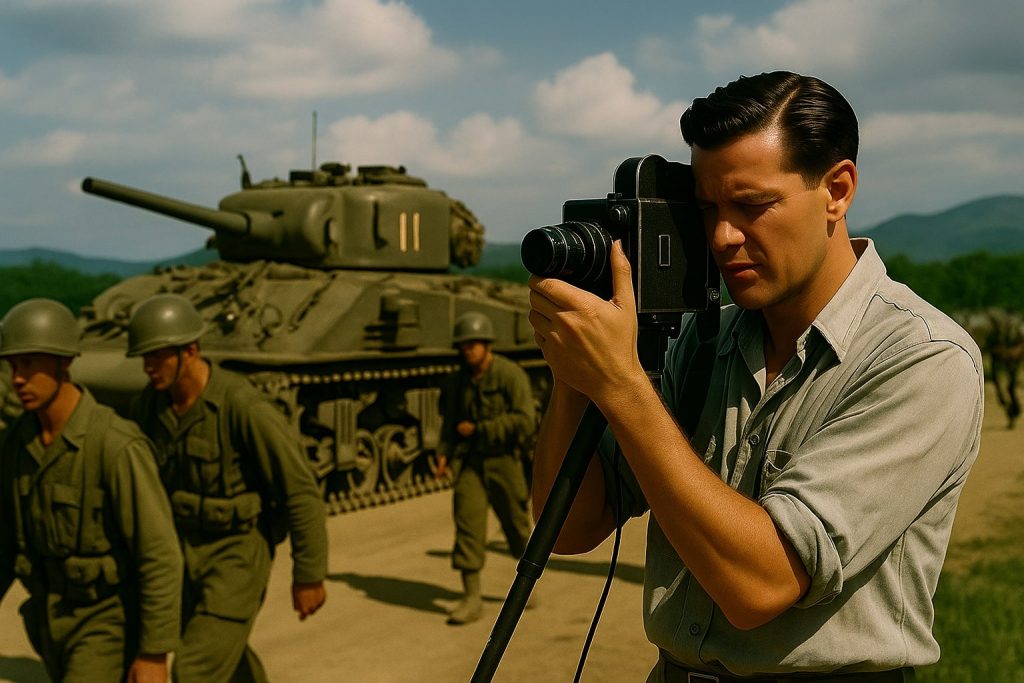What Is the History of the Korean War?
The Korean War, fought between 1950 and 1953, is one of the most significant yet underrepresented conflicts of the 20th century. It marked the first military clash of the Cold War era, involving the Korean Peninsula and a coalition of forces from around the world. While it did not capture as much public attention as later wars, its impact on international relations remains deeply felt.
For many veterans, recognition comes through public memory and symbols of service. Commemorative displays, including thin ribbons on uniforms, serve as reminders of the service members involved in this pivotal moment in Cold War history. These understated tokens represent contributions that altered the course of a divided peninsula and reshaped global alliances.
Contents
The Background: Korea Before the War
The roots of the Korean War date back to the final days of World War II. Korea had been under Japanese rule since 1910, but Japan’s defeat in 1945 ended its occupation. The Korean Peninsula was divided along the 38th parallel in the power vacuum that followed. Soviet forces occupied the north, while American troops took position in the south.
This temporary division soon became permanent. By 1948, two separate governments had formed: the Democratic People’s Republic of Korea in the north, led by Kim Il-sung, and the Republic of Korea in the south, led by Syngman Rhee. Both governments claimed legitimacy over the entire peninsula, and tensions rapidly increased.
The division was initially intended as a short-term measure, but conflicting ideologies and external influence hardened the separation. The Korean Peninsula was now poised for confrontation, with little room for negotiation or reconciliation.
Outbreak of War: North Korea Invades
On 25 June 1950, North Korean troops launched a surprise invasion of South Korea, crossing the 38th parallel with force. The South Korean military, poorly equipped and outnumbered, struggled to hold the line as North Korean forces captured key cities, including the capital, Seoul, in a matter of days.
The United Nations swiftly condemned the invasion. A UN coalition (led by the United States and including the United Kingdom, Canada, Australia, and others) was formed to defend South Korea. British forces, alongside their allies, arrived within weeks to assist in stabilising the front lines.
Despite international support, the early months were difficult. South Korean and UN forces were pushed into a defensive perimeter around the southern port city of Busan. The invasion escalated regional tensions and marked the start of a larger ideological conflict between communism and Western democratic values.
Turning the Tide: The Incheon Landing
By September 1950, the situation for South Korea appeared bleak. However, a bold counterattack was launched under the leadership of U.S. General Douglas MacArthur. The Incheon Landing, a strategically risky amphibious assault on the western coast, changed the war’s course. UN forces successfully recaptured Seoul and began pushing North Korean troops back across the 38th parallel.
This operation marked a dramatic shift in momentum. The invading forces were routed, and within weeks, UN troops advanced deep into North Korea, nearing the Chinese border. The goal expanded from defending the South to unifying the Korean Peninsula under a non-communist government.
Yet, this advance would trigger a major escalation. The involvement of a new force would soon reshape the battlefield and prolong the conflict far beyond initial expectations.
China Enters the War
Alarmed by UN forces approaching its border, China entered the war in late October 1950. Hundreds of thousands of Chinese soldiers crossed the Yalu River, launching a massive counteroffensive. UN troops were pushed back once more, losing control of Seoul for a second time.
This intervention turned the Korean War into a broader international confrontation. Chinese and North Korean forces fought to restore control in the north, while UN and South Korean forces attempted to reclaim lost ground. Battles like the Chosin Reservoir and the struggle for Hill 937 (also known as Hamburger Hill) became symbols of the war’s intensity and hardship.
Stalemate and Armistice Talks
By mid-1951, the front had stabilized roughly along the 38th parallel. As both sides dug in for a prolonged engagement, a series of fortified positions were built. Trench warfare, artillery duels, and raids defined this period, as large offensives gave way to attrition.
Armistice negotiations began in July 1951 but progressed slowly. Disagreements over prisoner exchanges and territorial lines delayed a resolution for over two years. Meanwhile, the human cost continued to rise, with thousands of lives lost in battles that often produced little strategic gain.
Finally, on 27 July 1953, the Korean Armistice Agreement was signed. It ended active combat, but no formal peace treaty was ever concluded. The Korean Peninsula remains divided to this day, a lasting legacy of a war that ended without a clear victor.
Korea: A War Frozen in Time
The Korean War ended in a stalemate, but its legacy still shapes global politics. Divided but not forgotten, Korea remains a powerful reminder of unresolved conflict and enduring tension.




